- This
article enumerates the learnings for India from the 2020 standoff in Ladakh.
- Next, what must India do since China does not care about India’s interests?
Now
that the latest India China standoff does not seem to be ending, it might be
useful to reflect on learnings for India. This article enumerates them.
Post Pokaran 2, former defence minister George Fernandes justified India’s second nuclear explosion as being targeted against ‘China, India’s Enemy No 1’. George ji was vehemently attacked for saying so.
The current standoff has resulted in the average Indian seeing China as enemy number one, ironically 22 years too late. From 1947 to 2020, Pakistan was perceived as enemy number one, that privilege is now China’s, all thanks to the Galwan Valley clash in which 20 Indian soldiers made the supreme sacrifice.
Here
are some key learnings and observations for India.
1. Never trust the Chinese.
They
have mastered the art of deception. Geostrategist
Brahma Chellaney wrote, “Deception, concealment and surprise have driven China’s repeated use of force - from seizing the Johnson Reef in 1988 and the Mischief Reef in 1995 to occupying the Scarborough Shoal in 2012 and now vantage locations in Ladakh. It has changed the South China Sea’s geopolitical map without firing a shot or incurring any international costs.”
2. Never let your guard down with the Chinese.
Political
leaders might shake hands but the Indian Armed Forces should always be on the
alert, plan for the unexpected.
3. The Chinese respect, strength both economic and military power.
India
should work towards building both.
4. The Chinese hate to lose, expect them to be back in Ladakh with renewed vigour OR they will acquire areas that makes the current understanding irrelevant.
5. Iran, North Korea and Pakistan are amongst China’s best friends. Their plans will now work more in tandem than ever before and require close observation.
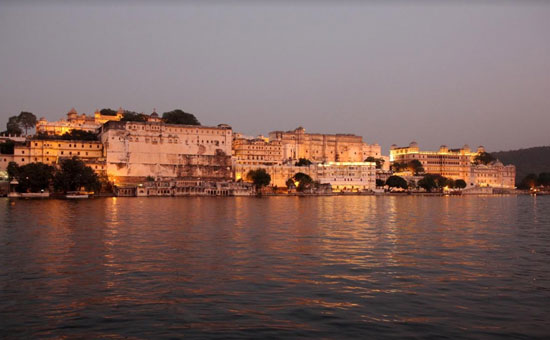 City Palace Udaipur, Sunset.
City Palace Udaipur, Sunset.
6. The Chinese cherry pick agreements.
Former
foreign secretary Kanwal Sibal wrote, “China has repeatedly demonstrated that either it does not respect the agreements it signs or interprets them as it wants. In 1996 it agreed to 'clarifying the alignment of the LAC in those segments where they (the two sides) have different perceptions'. In 2002 (when the writer was Foreign Secretary) China decided to repudiate this agreement unilaterally.”
7. India need not always play by the rule book or
go by signed agreements but be driven by national interests alone. Remember the
story of Ashwathama in Mahabharata.
8. Appeasement postpones but magnifies problems.
For decades successive Indian governments have been sensitive to Chinese
interests. What Indian got in return was encroachment of its territory, arming
of Pakistan by China and Galwan Valley deaths!
9. India must accept that China and Pakistan are made for each other.
Former
high commissioner to Pakistan G Parthasarathy wrote, “Nawaz Sharif described his country’s relations with China as: “Sweeter than the sweetest honey”. Pakistan’s ambassador to China gushingly described the Sino-Pakistan relationship as: “Deeper than the ocean, higher than the mountains and stronger than steel”.”
Remember that China protects “Pakistan-based terrorist groups like the LeT and JeM from international sanctions in the United Nations.”
Therefore, India should expect that China would continue to support
Pakistan in every way and prepare a two front war, with China and Pakistan, in
the next three years or risk losing parts of Arunachal Pradesh and Ladakh.
10. China has a bigger economy and military power than India but the Indians are no pushovers either. We must stop underestimating ourselves, at the same time not underestimate Chinese non-stop intent to stop India’s rise.
Former ambassador P Stobdan wrote in India Today, “India is not a pushover like the three Central Asian states of Kazakhstan, Kyrgyzstan and Tajikistan, with which China fixed boundary settlements in its favour through a blend of ‘incentives with coercion’ pressure tactics.”
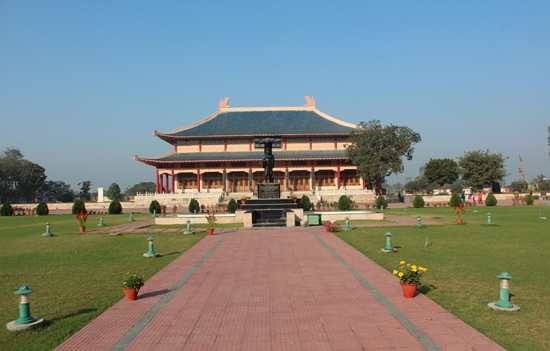 Hiuen Tsang Memorial, Nalanda, India.
Hiuen Tsang Memorial, Nalanda, India.
11. China follows the creeping acquisition route. They take possession of a small area of another country. If the protests are not strong enough they continue.
Dalai Lama said, “The Chinese way... is to do something rather mild at first; then to wait a bit, and if it passes without objection, to say or do something stronger. But if we take objection to the first statement or action, they urge that it has been misinterpreted, and cease, for a time at any rate, from troubling us further.”
12. China is used to presenting countries with a fait accompli for e.g. the road through Eastern Ladakh from Sinkiang to Tibet via eastern Ladakh or Aksai Chin.
If China wants such favours there should be a
clear strategic status quo.
Strategic affairs analyst Maroof Raza wrote in The Tribune, “If China has control over the Galwan valley, the Depsang plains (north of Leh) will greatly shorten the route taken by the Chinese - to link up with the Shaksgam valley, that China first grabbed and then made Pakistan ‘temporarily’ gift it to Beijing! This valley, though inhospitable, has the largest collection of glaciers (over 250 to be precise) that China regards as a source of water to further its agenda of world domination.”
13. Talks with China on the boundary question must take place only when China submits maps to India giving its version of the Line of Actual Control.
So far China has not given India any such maps.
14. India must remember that China has deliberately kept the border dispute unresolved so as to keep India off balance and ‘reduce its maritime military investments’.
15. The Chinese strategy is to Win without Fighting.
They captured the U.S. market with low cost
products such that U.S. industry became dependent on it. They are replicating
the same strategy with India. India needs to enhance domestic production and
design capabilities so that dependence on China reduces.
Similarly they take possession of a country’s territory, then negotiate a pull back by which they continue to be in possession of the country’s territory and simultaneously ensure Indian Army pulls back from its own territory. Brahma Chellaney says it is part of the well-known “advance ten miles retreat six miles strategy”.
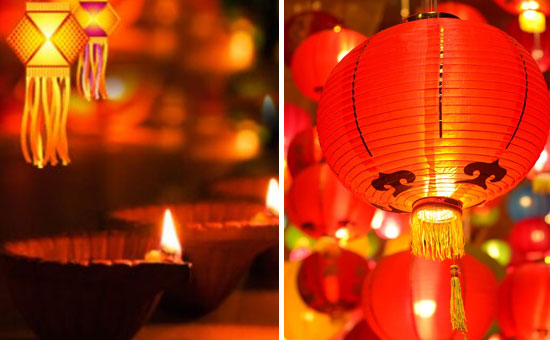 Chinese New Year - Indian Connection.
Chinese New Year - Indian Connection.
16. Gautam Chikermane, of the Observer Research Foundation, summed up the Chinese approach in his 10/7/20 tweet -
“How China negotiates 101
First intrude, then seek “partners”
First attack, then talk “peace”
First create zero-sum, then push for “win-win”
First build suspicions, then ask for “trust”
First go backwards, then pursue “forward.”
17. Should Indians boycott Chinese products?
Start with not buying Chinese brands. So if I have to buy a laptop will buy
an American brand, even if it is made in China, instead of a Chinese one.
Companies that own brands make profits not the ones who contract manufacture.
Indian consumers must not buy products of companies who indulge in ‘Lazy Manufacturing’ meaning Indian companies who import a finished product from China, stamp their brand name and then sell to consumers.
18. Government of India (GOI) must remember that diplomacy works best when it is backed by military power.
So India must arms itself adequately, enough to
fight a two front war. She needs to make up for lost time.
19. Present day China is “centred on the rhetoric of national rejuvenation” according to Aswini K Mohapatra, Dean, School of International Studies,
Jawaharlal University.
Deeper intent is to end China’s humiliation and restore to its historical position, returning China to its rightful position in the world stage. He added, “Likewise, China’s assertion of territorial claims, whether in the South China Sea or in East China Sea over Japan’s Senkaku islands or over territory along the India-China border, including Arunachal Pradesh, has much to do with its national rejuvenation logic.” Source here
The Chinese want to retrieve lands they feel
were theirs before the Western and Japanese invasions of the 19th
century hence the current aggression.
20. China wants the 21st century to
be the Chinese century and not an Asian century.
Even though many Indians are not aware, China is aware of India’s potential and hence wants to ‘thwart India’s rise to the global high table’.
How many Indians know that Indian Masters
helped the Chinese deal with epidemics between the 1st-8th
centuries A.D. Prof Dr Shashi Bala recently wrote about it in the Bhavan’s Journal.
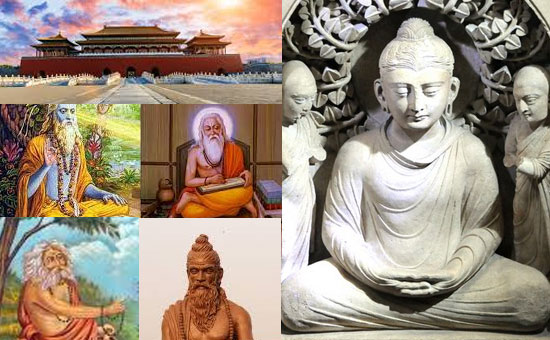 Acharyas helped control Epidemics in China earlier
Acharyas helped control Epidemics in China earlier
21. India must internalise these two points made by Lt Gen JS Bajwa (retd) who wrote,
“Since 1948, Chinese had displayed rigid negative attitude towards democratic India.” Autocratic China does not like democratic India so there will always be friction between us.
“The reality is that India is an obstacle in China’s quest for regional hegemony.”
22. Whilst making strategic border roads India must check whether it occupies the mountain heights, to prevent a Kargil like situation where Indian convoys were fired from hill tops by Pakistanis, to ensure enemy does not dominate the road.
23. Indians must note that jingoism works with Pakistan, whilst low key dialogue works better with the Chinese.
24. Water could be another weapon that China would use aggressively against India.
Sonali
Mitra wrote in ORF, “The absence of data sharing on the Brahmaputra during
and after the Doklam standoff and lack of clarity on the intent behind the
1,000 Km⎯long tunnel to transfer water from Yarlung Tsangpo in Tibet to Xinjiang betray China’s self⎯declared ‘responsible’ behaviour involving transboundary waters.”
25. Just like China wants Trump to lose the
coming presidential poll, they might want Modi to loose Lok Sabha polls in
2024.
So months before the elections they might take possession of an
important area say one of the Char Dhams. Options given to Modi could be war or
give up all claims on Gilgit / Baltistan if he wants the possessed area or tirth sthan back.
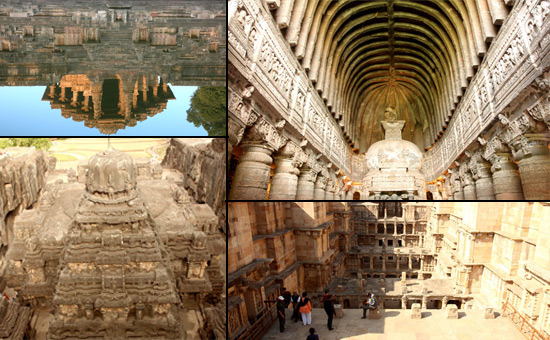 There is more to India than the Taj.
There is more to India than the Taj.
India has been too sensitive to China’s concerns without reciprocation. So India must -
Ask what has it achieved by being sensitive to China’s concerns?
Start exporting arms for e.g. Brahmos missiles to China’s friends for e.g. Vietnam and Indonesia.
Establish diplomatic relations with Taiwan.
Establish close economic, defence and tourism
ties with countries of Southeast Asia with whom India has centuries old
civilizational linkages.
Award Dalai Lama the Bharat Ratna.
Prepare a comprehensive plan to increase
domestic production of key items like active pharmaceutical ingredients (API),
where India depends on China substantially for supplies.
Note that Indian pharma companies can export
medicines to the West because of API that comes from China. If China chokes
supplies, the world gets affected.
Organise packaged tours to Daulat Beg Oldi – DBO ie close to the Xinjiang Highway. Tourists are one way of saying the territory is India’s.
Make one organization responsible for guarding Line of Actual Control, i.e. India’s border with Chinese Occupied Tibet.
Currently, the LAC is guarded by the Indian Army and ITBP (Indo-Tibetan Border Police). Let the Indian Army control ITBP or the reverse. One organization should be responsible and held accountable.
Realize that she needs an Integrated Policy to deal with China encompassing trade, foreign policy, border question and China’s support for Pakistan.
Having said that, I admire how China has become the world’s factory.
China will treat India with respect when India increases the cost for Chinese expansionism and makes China lose face.
Author is a Chartered Accountant. Also read in Rediff.com and as Will China grab a Teerth Sthal before the 2024 pollsHERE
Also read
1. How
should India deal with China
2. Are
China and Pakistan Siamese Terror Twins
3. India
China Face-off New Frontiers
4. How
India should respond to OBOR
5. China
did never enjoy military or cultural supremacy in Asia